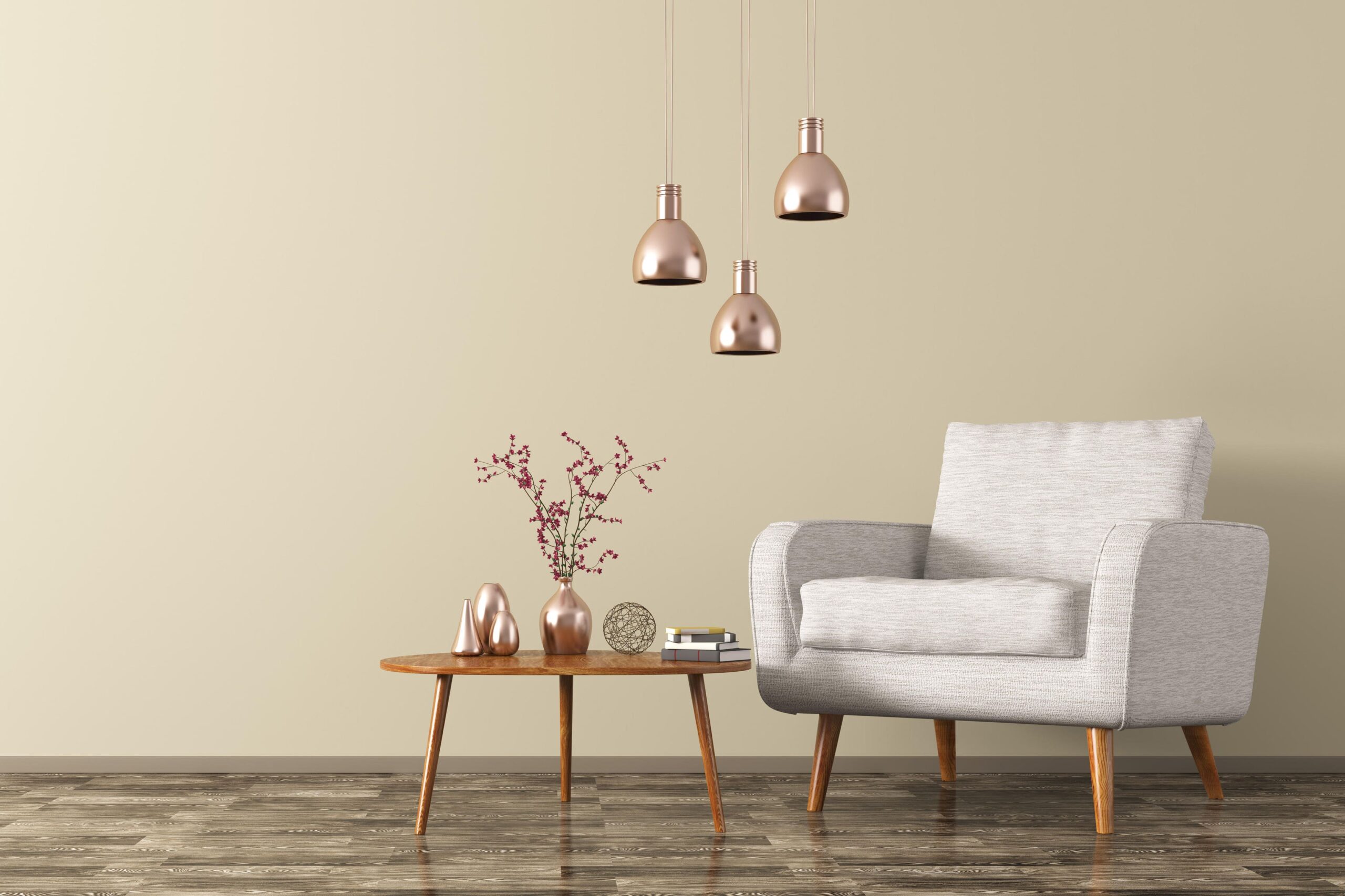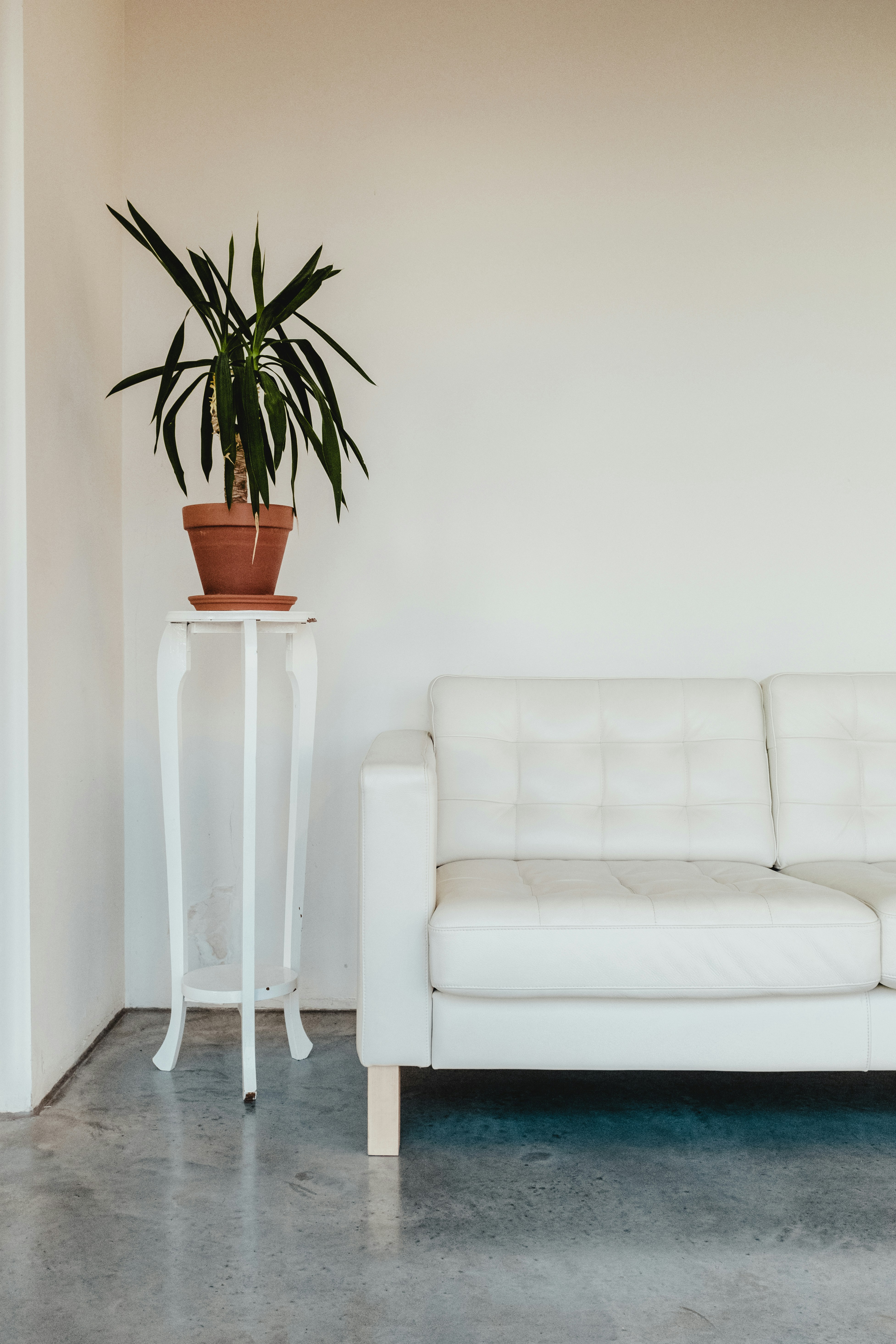Have you ever walked into your home and felt overwhelmed by the chaos? Or perhaps you’ve found yourself unable to relax, even in your own sanctuary? These experiences can feel frustrating and alienating, especially when you’re craving peace and tranquility. Yet, creating a mindful and calming home environment is often within reach by making intentional, thoughtful changes that harmoniously marry your personal style with functionality. In doing so, your home can become a refuge that supports your well-being and potential.

Understanding Mindfulness in Your Home
Mindfulness is more than just a buzzword; it is a practice and a way of living that involves being present and fully engaged with our surroundings, without judgment. When applied to interior design, mindfulness encourages us to craft spaces that are thoughtfully considered and intentionally curated. By doing so, you can transform your home into a calming retreat that nourishes the mind, body, and spirit.
The Importance of Mindful Spaces
Mindful spaces help in grounding us, providing stability amid life’s unpredictability. They serve as constant reminders of our values and goals, and they invite us to move with intention and presence in our daily activities. By cultivating mindfulness at home, you align your external environment with your internal state of peace and relaxation.
Designing Your Mindful Home Concept
Creating a calming home isn’t about simply purchasing new decor or rearranging furniture. It’s about conceptualizing how you want your space to feel, and constructing it to support those feelings.
Creating a Concept Board
Begin with a concept board to clearly articulate your desired atmosphere. This will serve as the blueprint for your mindful space, anchoring your vision and guiding subsequent design decisions.
- Meditation for Clarity: Take a moment to meditate in a quiet space, focusing on how you wish to feel in your home — relaxed, invigorated, inspired, etc.
- Sensory Imagery: As you imagine this space, engage all your senses. Visualize colors that soothe you, textures that comfort you, and scents that calm your mind.
- Magazine Trimming: Spend time tearing out images from magazines that resonate with your vision, focusing on emotions and ambiance over specific items.
- Pinpoint Key Elements: Select a few key images that encapsulate your desired feeling and form the basis of your design.
Trusting Your Instincts
Your mindful home should reflect your unique preferences without succumbing to external pressures or trends. Trusting your instincts can often lead to the most authentic and fulfilling design.
Designing from the Heart
When you allow intuition to guide your interior design decisions, each choice becomes a sincere reflection of your personality.
- Unbiased Creativity: Embrace a non-judgmental approach, valuing your creativity free from concerns about external validation.
- Personal Preferences: Prioritize items and arrangements that genuinely resonate with you, rather than conforming to popular styles or brand expectations.
Aligning Form with Function
Balancing aesthetics and usability is key to mindfulness in interior design. As you design your space, strive for a seamless integration of beauty and practicality.
Functional Design Considerations
Each aspect of your home should serve a clear purpose, promoting functionality without cluttering space.
- Purposeful Spaces: Consider the specific activities you intend for each room, whether it’s relaxation, creativity, or socialization, and refine elements to support these uses.
- Essential Elements: Be selective and include only what serves a clear function or holds significant aesthetic value.
Creating Harmonious and Balanced Spaces
The art of balancing is essential to establish a mindful interior. Harmony within space involves strategic choices in spatial arrangements, materials, and environmental considerations.
Exploring Light and Shadow
Understanding the balance between light and shadow can greatly influence the mood of a room. Optimal lighting design helps highlight your home’s aesthetic and sets an inviting tone.
- Natural Lighting: Maximize natural light, allowing sunlight to naturally energize and enliven your spaces.
- Accent Lighting: Use lamps and overhead lights to create depth and highlight focal points, establishing a comfortable ambiance.
Establishing Visual and Spatial Balance
Achieve a sense of equilibrium by balancing positive space (occupied by objects) and negative space (open areas).
- Proportional Arrangements: Curate your furniture and decor arrangement to ensure smooth flow and visual interest without overwhelming the senses.
- Mixing Materials: Combine varying textures and finishes, such as soft textiles with harder surfaces, to create dynamic contrast and visual appeal.
Integrating Nature and Sustainability
Mindful design extends beyond the interior to reflect a respectful relationship with nature and the broader environment. Integrating organic elements and sustainable materials can enhance the nurturing quality of your space.
Bringing the Outdoors In
Nature-inspired design can profoundly affect mood and health, linking the benefits of the natural world to daily life.
- Indoor Greenery: Choose a variety of plants to improve indoor air quality and infuse life and color into your environment. Consider positioning them in areas that receive adequate sunlight.
- Natural Materials: Prioritize wood, cotton, stone, and other materials that evoke nature while reducing synthetic use.
Sustainability Considerations
The footprint of your home extends beyond the walls; incorporating sustainable choices supports environmental wellness.
- Eco-Friendly Products: Opt for items like organic paint and sustainably-sourced furnishings to reduce environmental impact.
- Repurposing Furniture: Consider upcycling and reusing furniture to minimize waste and craft a unique, personalized aesthetic.
Embodying Mindfulness in Daily Practice
Beyond design, incorporating mindfulness practices into your daily routines can reinforce the calming atmosphere of your home, enabling ongoing relaxation and presence.
Establishing Mindful Rituals
Rituals can anchor your day, offering moments of pause and reflection that align with the mindful tone of your space.
- Morning Meditation: Begin your day with a short meditation in your curated space, centering your mind and setting intentions for the day.
- Evening Wind-down: End your day with a calming activity, such as journaling or reading, to ease into restful sleep.
Nurturing Relationships and Connection
A mindful home also extends its calming effects to those you share it with, facilitating considerate and meaningful interactions.
- Shared Spaces: Design communal areas that invite connection, encouraging deep conversations and shared experiences.
- Respect for Boundaries: Navigate the balance between shared and personal space, ensuring needs for solitude are met without tension.
In Conclusion: Your Journey to Mindful Living
Transforming your home into a mindful sanctuary involves much more than simply altering its physical appearance; it requires a thoughtful intention to harmonize space with lifestyle. By weaving mindfulness into the fabric of your living environment, you create a space where peace prevails, and joy resides. Whether you’re embarking on a full redesign or making subtle tweaks, the journey towards mindfulness in your home is a rewarding process that supports your holistic well-being.



